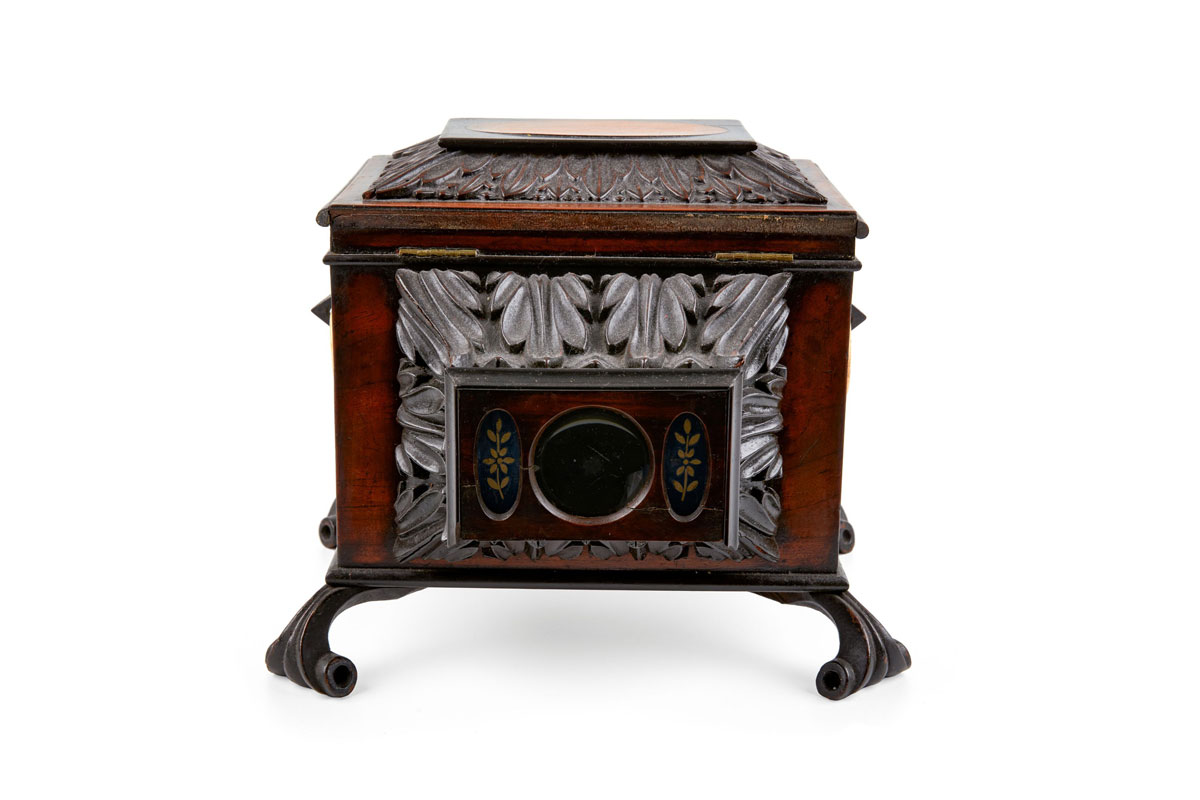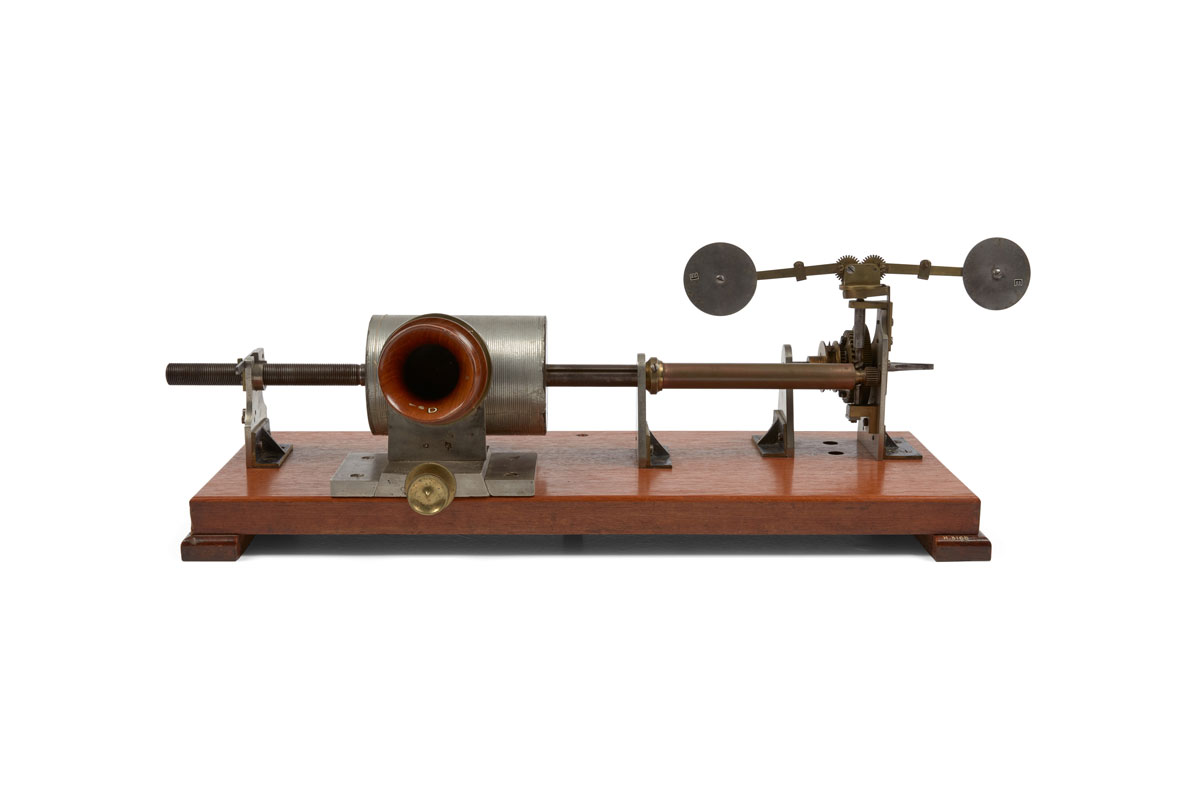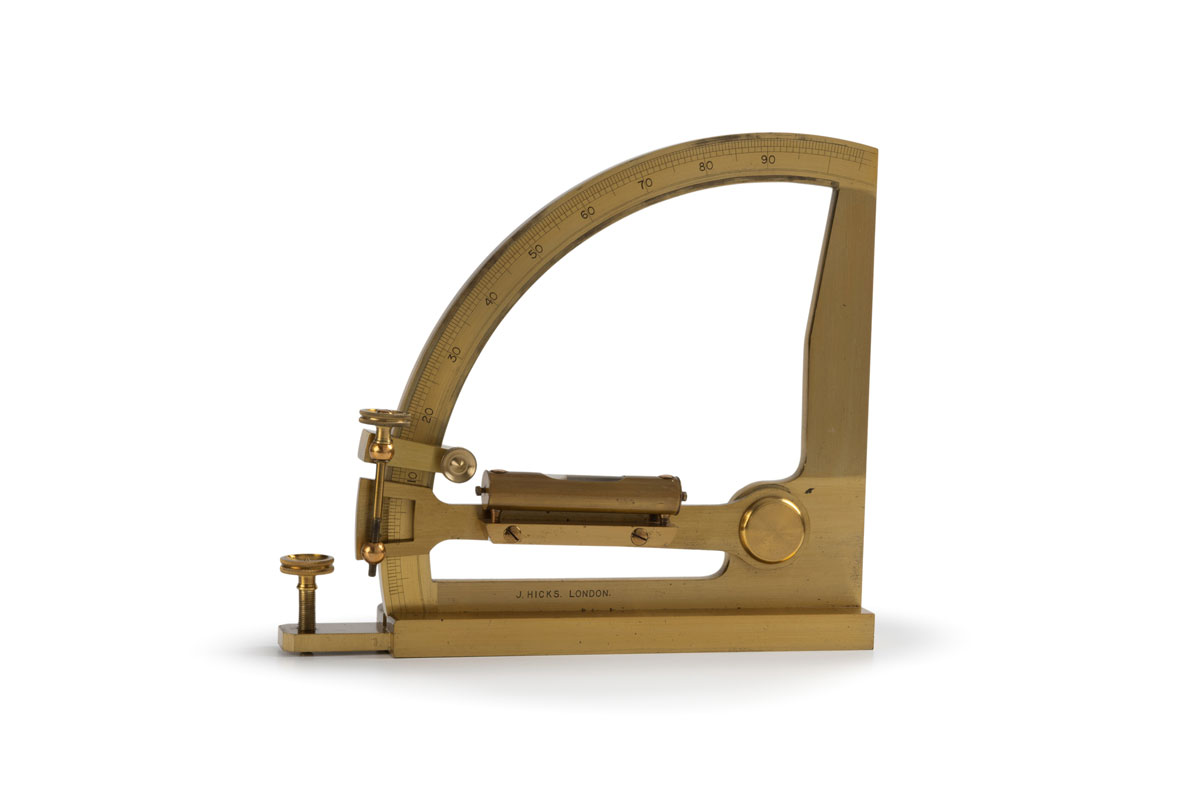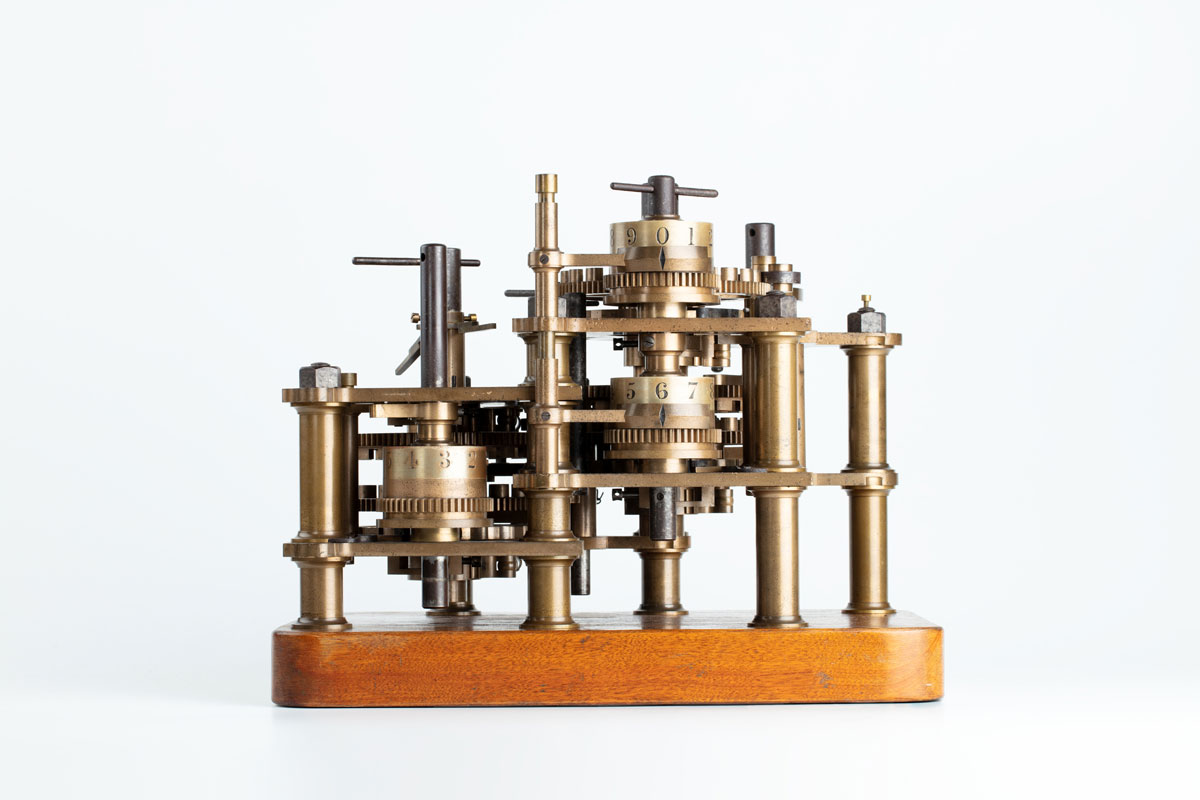PRESENTATION: Rafael Lozano Hemmer-Atmospheric Memory, Part II
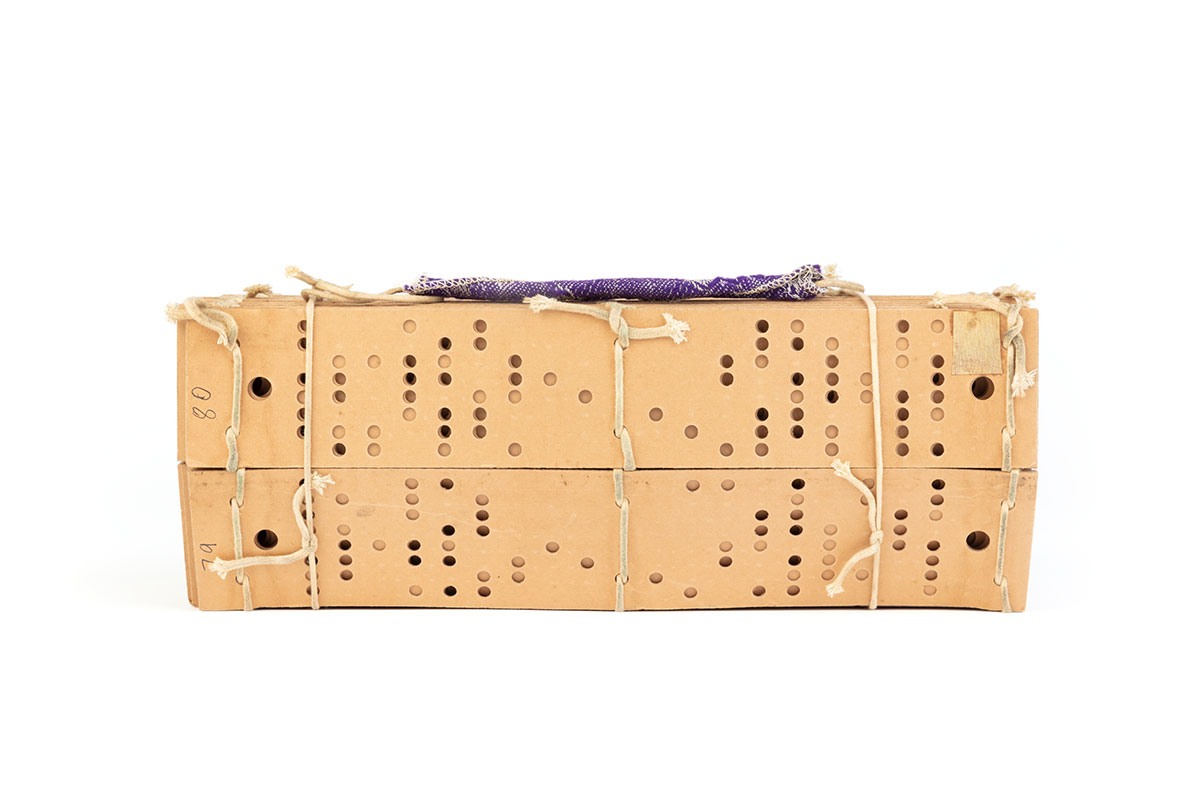 Rafael Lozano-Hemmer is a media artist who creates platforms for public participation using technologies such as robotic lights, digital fountains, computerized surveillance, media walls, and telematic networks. He was the first artist to represent Mexico at the Venice Biennale with an exhibition at Palazzo van Axel in 2007. He has also shown at biennials in Cuenca, Havana, Istanbul, Kochi, Liverpool, Melbourne, Moscow, New Orleans, New York, Seoul, Seville, Shanghai, Singapore, Sydney, and Wuzhen (Part I).
Rafael Lozano-Hemmer is a media artist who creates platforms for public participation using technologies such as robotic lights, digital fountains, computerized surveillance, media walls, and telematic networks. He was the first artist to represent Mexico at the Venice Biennale with an exhibition at Palazzo van Axel in 2007. He has also shown at biennials in Cuenca, Havana, Istanbul, Kochi, Liverpool, Melbourne, Moscow, New Orleans, New York, Seoul, Seville, Shanghai, Singapore, Sydney, and Wuzhen (Part I).
By Efi Michalarou
Photo: Powerhouse Archive
The Australian premiere of the major exhibition “Atmospheric Memory” opens today at Powerhouse Ultimo an is inspired by the writing of 19th century computer pioneer and philosopher Charles Babbage, who believed that the air surrounding us is a ‘vast library’ containing every sound, motion and word spoken. The BAFTA award-winning artist Rafael Lozano-Hemmer has created an interactive environment that examines this idea 200 years later, featuring a series of artworks using cutting-edge technology to transform vibrations in the atmosphere into something visitors can see, hear and even touch. After presentations in the UK and US, Lozano-Hemmer is collaborating with Powerhouse to present a new version of this exhibition in response to the museum’s globally renowned collection. “Atmospheric Memory” headlines the Powerhouse Museum’s Sydney Science Festival. The nine-day festival will present keynote addresses from Dr Meganne Christian, soon be one of the first Australian females to travel into space and Dr Nicole Yamase, who made history in 2021 as the first Pacific Islander to reach the deepest part of the Mariana Trench – Challenger Deep, nearly 11km below the surface. Rafael Lozano-Hemmer is a media artist working at the intersection of architecture and performance art, internationally celebrated for creating platforms for public participation and transforming social environments with a range of technologies. He was the first artist to represent Mexico at La Biennale di Venezia and has been awarded two BAFTAs for Interactive Art. His works are held in the collections of numerous leading institutions including Museum of Modern Art and Guggenheim (New York), Tate Gallery (London) and National Gallery of Victoria (Melbourne). Commissioned and produced by Manchester International Festival, Atmospheric Memory had its world premiere at the 2019 festival. Works include a speech-recognition fountain where spoken words become clouds of text floating in mid-air; a room with over 3,000 different sound channels, including field recordings of 200 species of insects and 300 types of birds; a voice- controlled robotic light beacon, and the world’s first 3D-printed speech bubble. The exhibition also include 50 objects from the museum’s collection including Charles Babbage’s “Difference Engine No 1”, a general-purpose mechanical calculating machine that anticipated the principles and structure of the modern computer; “tinfoil phonograph”, a rare example of one of the earliest sound recording and playback machines, invented by Thomas Edison in 1877; and an “Aneroid barometer” used at Sydney Observatory in the late 1800s to measure atmospheric pressure and make weather forecasts. Coinciding with National Science Week, Sydney Science Festival, now in its eighth year, will explore the theme Trace. Leading scientists, academics and researchers explore the marks humanity makes in a curated program of free and ticketed events including talks, workshops and activities.
Photo: Powerhouse Collection 2010/1/272, Punch cards for Jacquard weaving loom, c. 1875-1900
Info: Curator: José Luis de Vicente & Angelique Hutchison (Powerhouse Collection), Powerhouse Ultimo, 500 Harris Street, Ultimo, Australia, Duration: 12/8-5/11/2023, Days & Hours: Mon-Wed & Fri-sun 10:00-17:00, Thu 10:00-21:00, https://powerhouse.com.au/

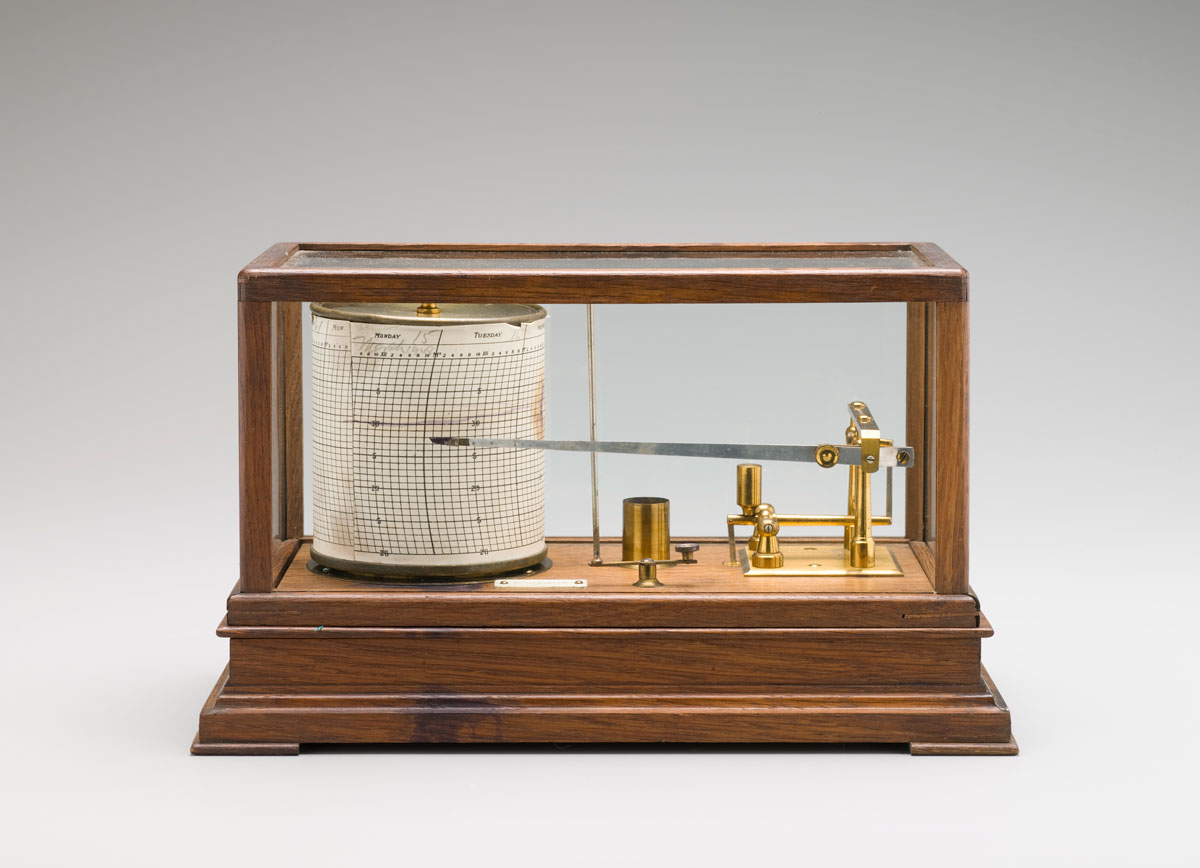
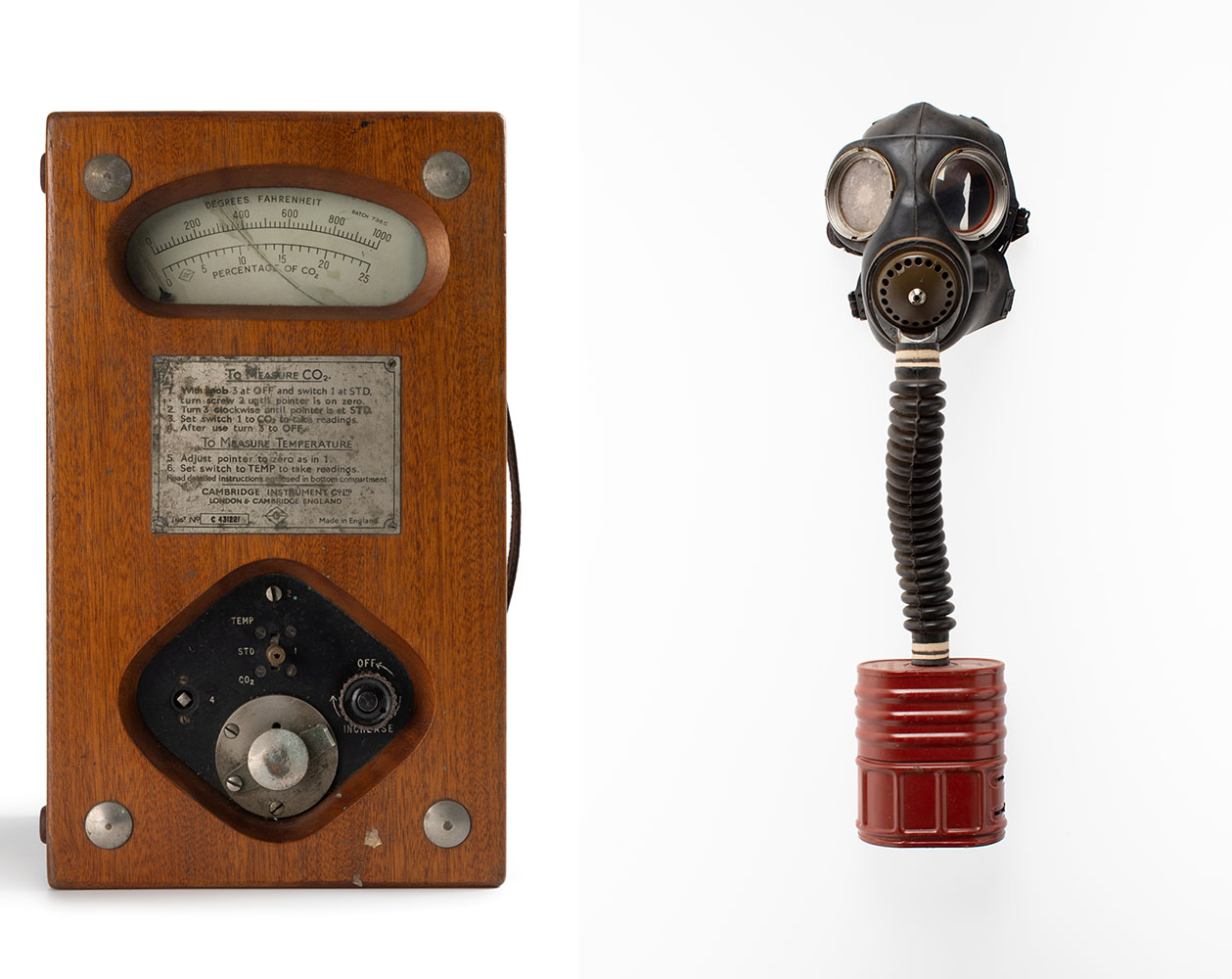
Right: Powerhouse Collection H9799 Respirator, with face mask, canister, container and haversack, anti-gas, metal / glass / canvas / rubber, Willow Ware Australia Pty Ltd / Stokes & Sons, Australia, 1942
